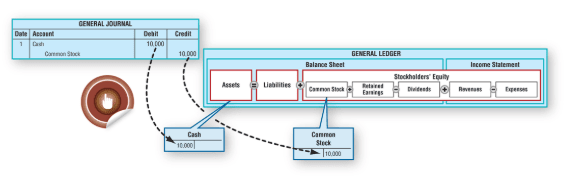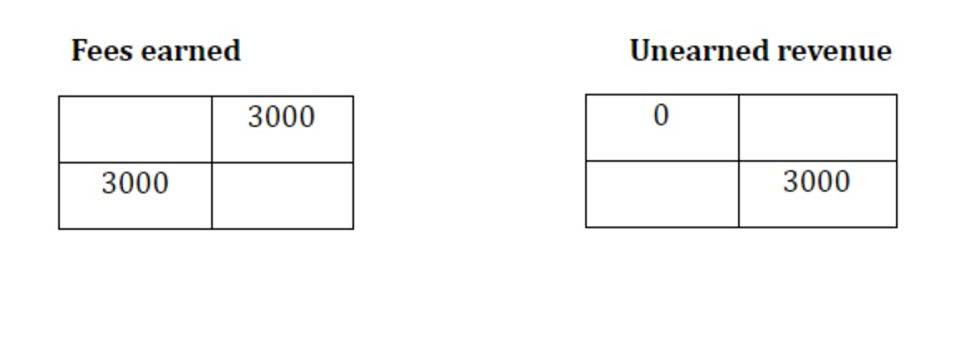
Book a call today and discover how expert financial solutions can help you scale and grow confidently in the U.S. market. Planning, regulation, and other aspects to foreign investments in India. Total Equity is a must-have for any business; it reflects how much of the company is owned.
- In an emergency, shareholders or investors could theoretically exit without taking substantial financial losses.
- Calculating Total Equity is the process of determining the sum of a company’s assets and liabilities, which represents the net worth of the business.
- For investors who don’t meet this marker, there is the option of private equity exchange-traded funds (ETFs).
- This is the same figure reported lower on the balance sheet, under shareholder equity.
- For example, if a company acquires additional assets, such as property or equipment, it may increase its equity position.
- For example, certain industries may have special types of assets to evaluate.
Step 1: Gather Financial Statements
All such paybacks maintain the stockholder’s interest in the company’s equity. Let us consider another example of a company SDF Ltd to compute the stockholder’s equity. As per the company’s balance sheet for the financial year ended on March 31, 20XX, the company’s total assets and total liabilities stood at $3,000,000 and $2,200,000, respectively.
Understanding Restricted Cash and Its Impact on Financial Strategy

With a low equity base, the company may be struggling with its debt levels, making it harder to secure loans or attract investors. If the company is unable to manage its debts effectively, it may face difficulties in paying interest or principal repayments. For starters, shareholder equity tells you the total return on investment versus the amount invested by equity investors. Noncurrent or long-term assets you can’t convert into cash in the same timeframe, such as patents, property and plant and equipment (PPE). When calculating shareholders’ equity using either of the below two formulas, it’s essential to add up all of these components when calculating the total asset value of a firm. If the company was liquidated, and its assets turned into $3 million, you would use some of that money to pay off the $1.2 million in liabilities.

Examples of Stockholders Equity Formula
- Buying back shares did not increase or decrease the equity ($15,000 before and after the sale).
- Profits show that a company is profitable and help grow the equity, but losses can damage equity and weaken a company’s financial standing.
- Conceptually, the enterprise value to equity value bridge isolates the residual value of a company belonging solely to shareholders in the company’s common equity.
- Fortunately, calculating equity for shareholders is relatively straightforward.
- Market fluctuations can greatly affect the valuation of equity investments, leading to varying degrees of investment risks.
The Equity Value is the total value of a company’s stock issuances attributable to only common shareholders, as of the latest market close. Ideally, every company aims to keep this ratio total equity formula as low as possible, as it plays a critical indicator for investors to understand the business’s financial health. Treasury stock refers to the shares that have been repurchased by a company from its investors.
Step 1: Determine assets
It is because, during liquidation, a company’s physical asset values are reduced, and there are other extraordinary circumstances that are taken into account. Total Equity (TE) is the value remaining for shareholders after deducting liabilities from assets. Total equity is like having a piggy bank, except the company is the piggy bank, and it holds the shareholders’ hopes and dreams. The amount of retained earnings over time can show if a company has been successful and profitable. It’s also an internal source of financing, reducing the need for external https://www.bookstime.com/ funding.

A firm typically can raise capital by issuing debt (in the form of a loan or via bonds) or equity (by selling stock). Investors usually seek out equity investments as they provide a greater opportunity to share in the profits and growth of a firm. Company or shareholders’ equity is equal to a firm’s total assets minus its total liabilities. It can also be calculated as the sum of its share capital and retained earnings, minus its treasury shares.

What Causes Total Equity to Increase?
Also referred to as shareholders’ equity, it is used in fundamental analysis to determine the company’s value. The total equity of a business is derived by subtracting its liabilities from its assets. This is an essential item that is reviewed by many creditors, lenders, and investors, since it is a strong indicator of the financial strength of a business.
The Essential Guide to the Key Financial Indicator « Total Equity »

The initial equity, or the equity at the beginning of the period, is found on the company’s balance sheet. It is the residual interest in the assets of the entity after deducting liabilities, essentially representing the owners’ stake in the trial balance company. To calculate this, one would look at the equity section of the balance sheet, which typically includes common stock, preferred stock, retained earnings, and any additional paid-in capital. The sum of these components yields the total equity at the start of the period.